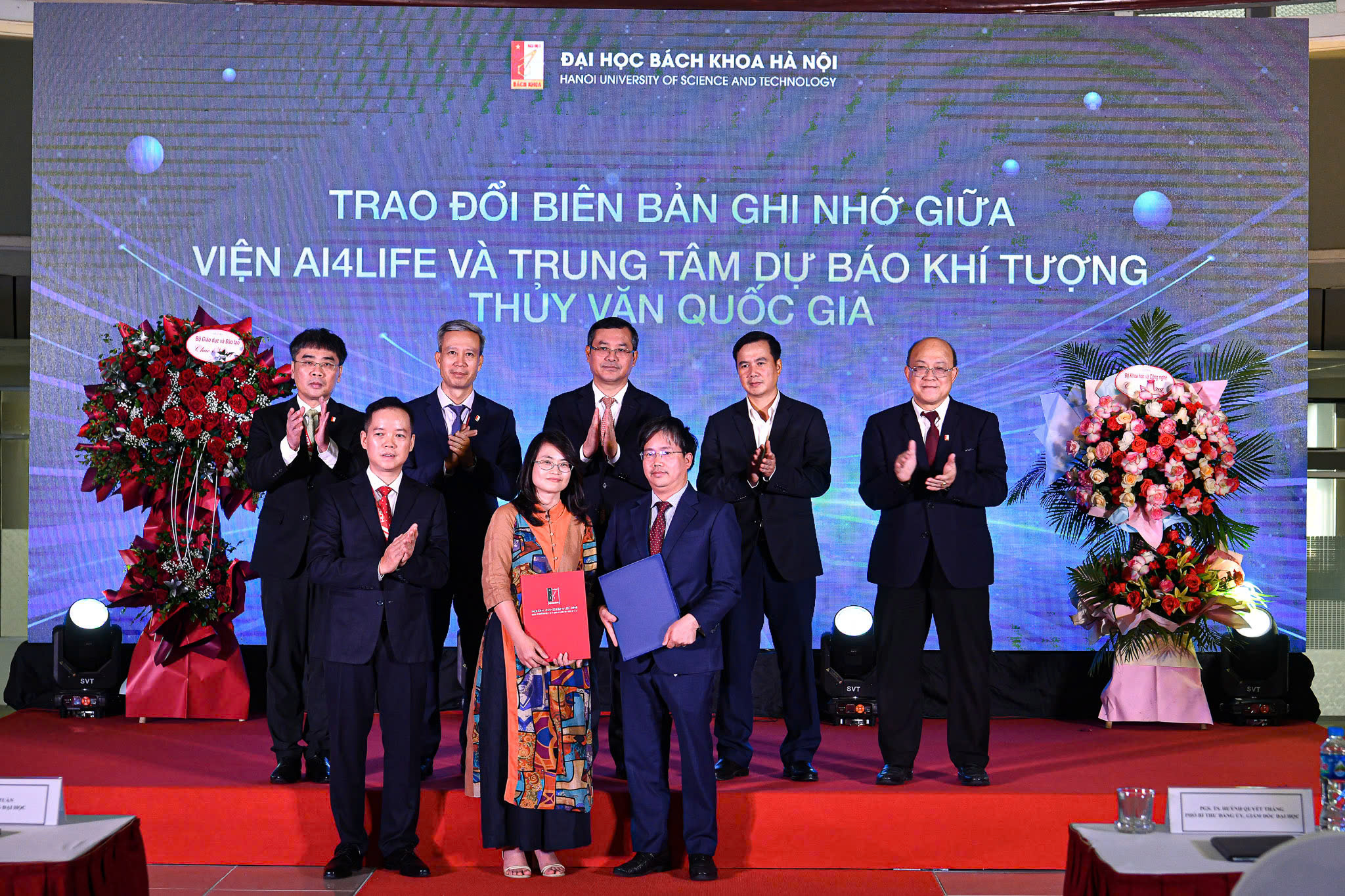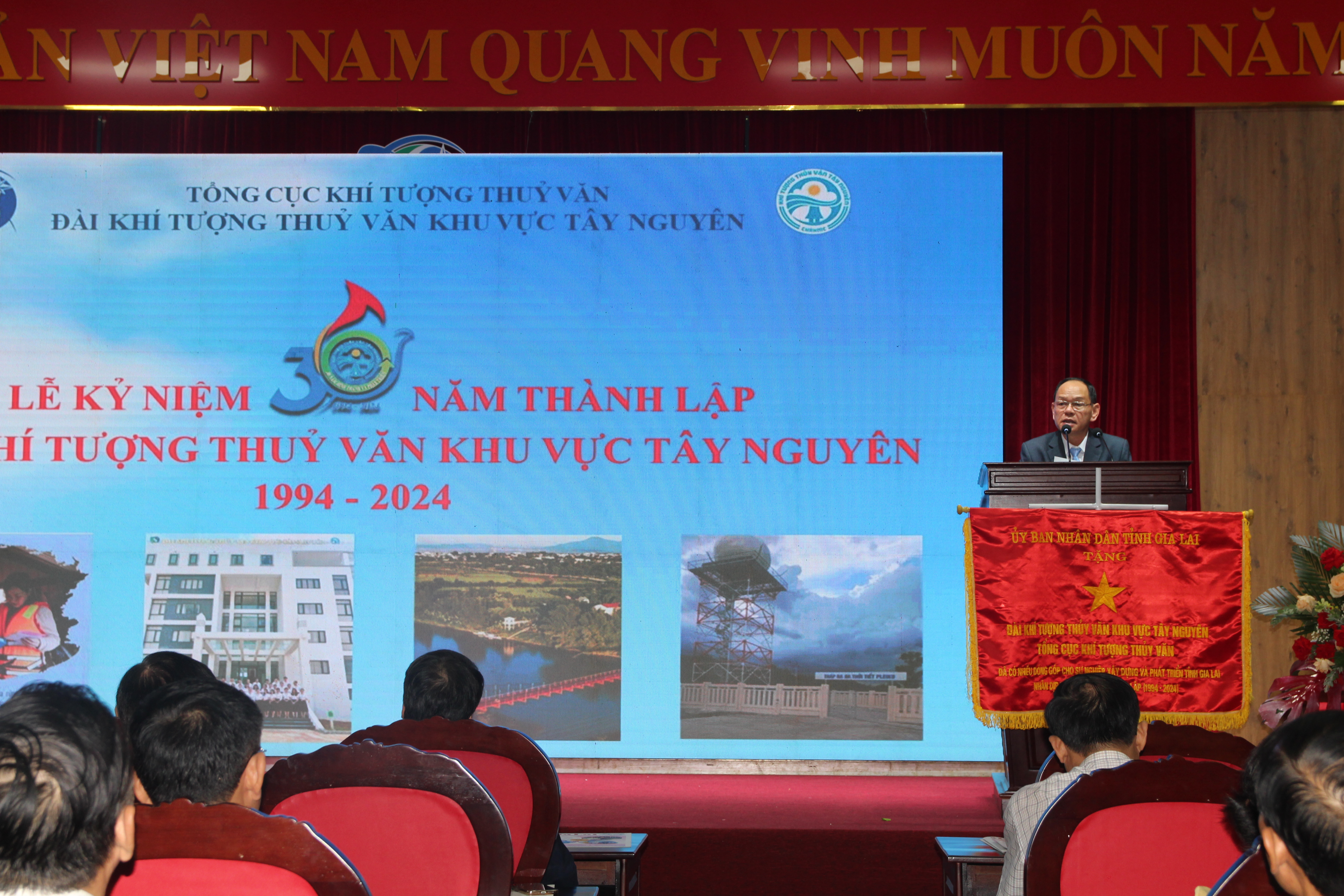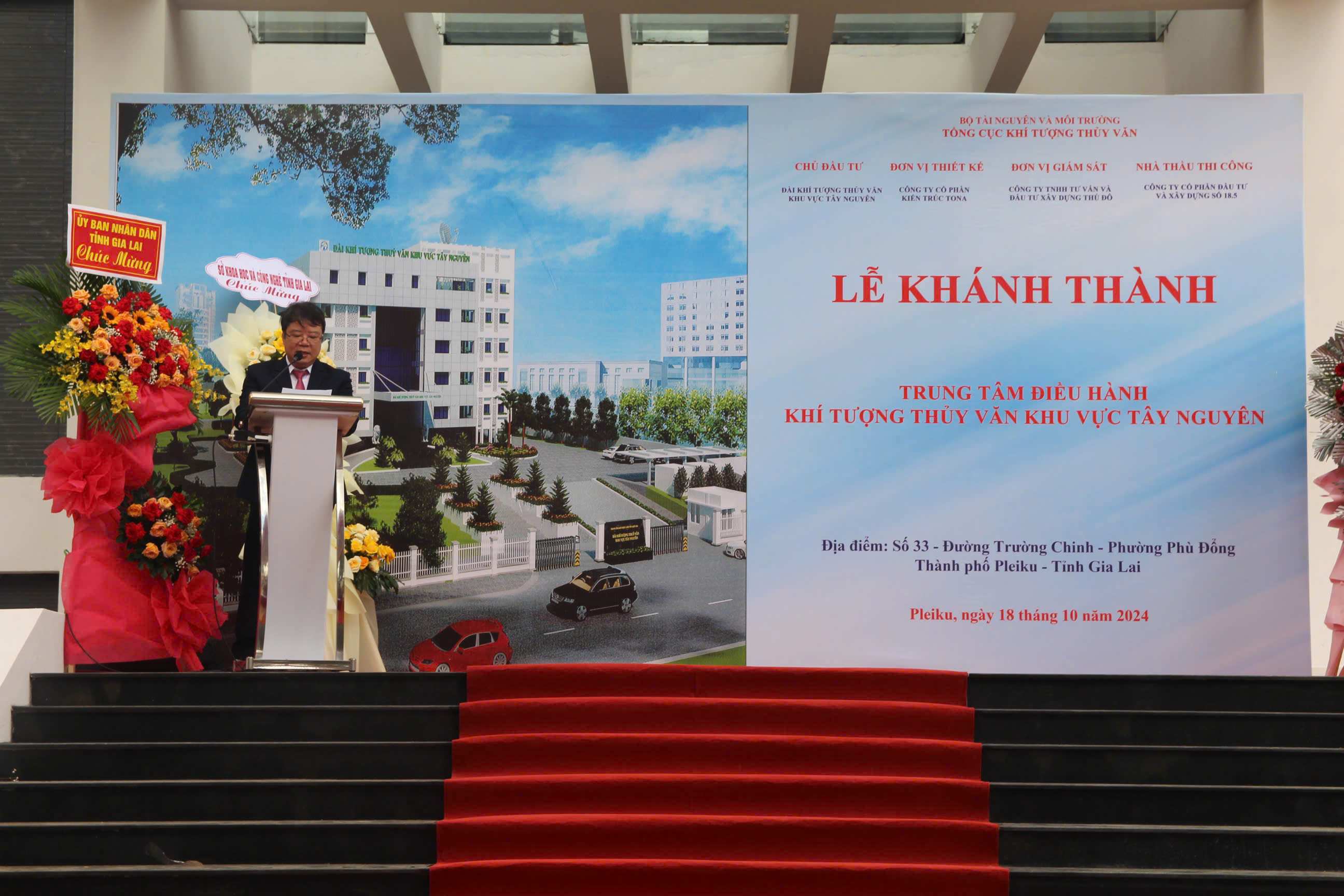|
No |
Title and Author |
Page |
|
1 |
Efficient oil removal from water using carbonized rambutan peel: Isotherm and kinetic studies Trinh Trong Nguyen1,2, Nguyen Dinh Loc1, Le Huy Ba2, Thai Van Nam1* 1 HUTECH Institute of Applied Sciences, HUTECH University, 475A Dien Bien Phu Street, Ward 25, Binh Thanh District, Ho Chi Minh City 700000, Vietnam; tt.nguyen@hutech.edu.vn; 6009220001@hufi.edu.vn; lochenni@gmail.com; tv.nam@hutech.edu.vn 2 Ho Chi Minh City University of Industry and Trade, 140 Le Trong Tan Street, Tay Thanh Ward, Tan Phu District, Ho Chi Minh City 700000, Vietnam; tt.nguyen@hutech.edu.vn; 6009220001@hufi.edu.vn; lhuyba@gmail.com *Corresponding author: tv.nam@hutech.edu.vn; Tel: +84-945007990 Abstracts: The study aims to assess the diesel oil adsorption capacity of activated carbon derived from rambutan peel, a prevalent agricultural by-product in Vietnam. The adsorption process will be investigated using various adsorption isotherms (Langmuir, Freundlich, Temkin, Dubin-Radushkevich), adsorption kinetics (pseudo-first order and pseudo-second order). The characterization analysis of RPAC revealed the following values: BET surface area of 786.0143 m2/g, BJH adsorption cumulative volume of pores at 0.05392 cm3/g, and BJH adsorption average pore diameter of 55.2432 nm. Individual assessments of factors influencing oil removal efficiency and adsorption capacity identified the optimal initial oil concentration at 1% volume/volume, an optimum contact time of 60 minutes, and an equilibrium adsorption time of 80 minutes. The optimal adsorbent dosage was 250 mg, and the ideal pH was 6. The adsorption process adhered to the Langmuir isotherm with an R² value of 0.9993, yielding a maximum adsorption capacity of 5,712.0 mg/g. The pseudo-second-order model provided a better fit for RPAC’s oil adsorption process with an R² value of 0.9969. Keywords: Activated carbon; Diesel oil; Materials science; Modeling; Rambutan peel. |
1 |
|
2 |
Development of an ensemble dynamic-probabilistic prediction model for tropical storm genesis in the Vietnam East Sea using the Logistic Regression approach Dao Nguyen Quynh Hoa1*, Tran Tan Tien1 1 VNU University of Science, Vietnam National University; hoadao@vnu.edu.vn; tientt@vnu.edu.vn *Corresponding author: hoadao@vnu.edu.vn; Tel.: +84–857758771 Abstracts: In this study, a logistic regression model is developed to forecast tropical storm (TS) genesis in the Vietnam East Sea from 2012 to 2019. The model incorporates seven potential predictors including dynamic and thermodynamic parameters at formation time retrieved from the WRF-LETKF outputs. After rigorous testing, six predictors are selected, excluding minimum sea-level pressure. In a broader context, the logistic regression model performs promisingly, generating forecast probabilities that enhance the accuracy of TS genesis predictions, particularly in early forecast cycles. The model’s regression coefficients and forecast outcomes align well with test dataset results, affirming its stability and validity. As a result, the forecast probability from this model can be effectively employed as a probabilistic forecast value for predicting TS genesis status. Keywords: Tropical cyclogenesis; WRF-LETKF; Ensemble prediction system; Logistic regression. |
19 |
|
3 |
Landslide susceptibility mapping based on the Weights of Evidence model for mountainous areas of Quang Nam province, Vietnam Tran Anh Tuan1,2*, Tran Thi Tam3, Pham Viet Hong1, Nguyen Thi Anh Nguyet1 1 Institute of Marine Geology and Geophysics, Vietnam Academy of Science and Technology, 18 Hoang Quoc Viet, Cau Giay, Hanoi, Vietnam; tatuan@imgg.vast.vn; hc18052001@yahoo.com; nguyet.imgg@gmail.com 2 Graduate University of Science and Technology, Vietnam Academy of Science and Technology, 18 Hoang Quoc Viet, Cau Giay, Hanoi, Vietnam; tatuan@imgg.vast.vn 3 Center for Agricultural Meteorological Research, Vietnam Institute of Meteorology, Hydrology and Climate change, No.23 - 62 Alley, Nguyen Chi Thanh Road, Dong Da District, Hanoi Vietnam; tam.tranthi@imh.ac.vn *Corresponding author: tatuan@imgg.vast.vn; Tel.: +84–985150307 Abstracts: This study shows the results of landslide susceptibility mapping for the southwest region of Quang Nam province using the Weights of Evidence (WoE) model. The input data consists of a landslide inventory and ten influencing factors, i.e., geology, distance to fault, elevation, relief amplitude, slope, aspect, rainfall, soil type, land use, and distance to road. The landslide inventory was constructed from three principal sources: fieldwork survey, legacy data from previous studies, and additional analytical data from high-resolution Google Earth satellite imagery. The landslide locations were randomly categorized into two parts in the ratio 70/30: 70% (811 landslides) for modeling and 30% (348 landslides) for verification. All input data are normalized and constructed into the GIS landslide database. The results of the multicollinearity test show that no collinearity existed between ten input variables. The computation of the weights for classes of influencing factors from 70% of the landslide data using the WoE model has allowed the establishment of the landslide susceptibility map. The model performance was evaluated by using the receiver operating characteristic (ROC) analysis. The area under the curve (AUC) was computed for the success rate curve (using 70% landslide data) and the prediction rate curve (using 30% landslide data) at 0.855 and 0.844, respectively. Thus, it can be confirmed that the landslide susceptibility mapping based on the WoE model was very reliable in the study area. Keywords: Landslide susceptibility; Weights of Evidence; GIS; Quang Nam province. |
31 |
|
4 |
Assessment of heavy metal pollution and ecological risk in the sediment of Cua Luc Bay, Quang Ninh Province Huu Tuan Do1* 1 Faculty of Environmental Sciences, VNU University of Science, Vietnam National University, Hanoi, 334 Nguyen Trai, Thanh Xuan, Hanoi, Vietnam; tuandh@vnu.edu.vn *Correspondence: tuandh@vnu.edu.vn; Tel.: +84–2438584995 Abstracts: Heavy metals have big impacts on environmental quality and ecological risk. In this research, the Igeo accumulation index and ecological risk index (ERI) were used to assess the heavy metal pollution and ecological risk in the sediment of Cua Luc Bay, Quang Ninh Province. The results indicated that heavy metal concentrations in the study were almost lower than QCVN 43:2017/BTNMT. Only 3 monitored points, S1 (172.87 mg/kg), S3 (147.12 mg/kg), and S4 (115.54 mg/kg), have a light pollution level of Cu (108 mg/kg). The Igeo heavy metal accumulation index indicates that As (1.85), Cu (2.34), and Sb (1.42) are at a moderate level. While Se (3.65), Ag (3.58), and Sn (3.09) are at a high heavy metal level. As and Cu are two major factors posing ecological risk in the region (66.5%). However, the average ERI of all monitored points is 138, indicating that the ecological risk for heavy metals in the region is low. Despite having a low ecological risk for heavy metals in the region, it is necessary to strictly monitor heavy metals in sediment to manage them better in the future. Keywords: Heavy metals; Ecological risk; Sediment; Heavy metals in sediment; Cua Luc Bay. |
46 |
|
5 |
Evaluation of the effects of surfactants in the water of Kim Nguu River, Hanoi To Xuan Quynh1*, Vu Duc Toan2* 1 Trade Union University; toxuanquynh1304@gmail.com 2 ROOM strong research, Environmental, and life science research laboratory, Thuyloi University; vuductoan@tlu.edu.vn *Correspondence: toxuanquynh1304@gmail.com; vuductoan@tlu.edu.vn; Tel.: +84–945801989 Abstracts: Surfactants are one of the new pollutants of current concern worldwide. Many studies show the toxicity of surfactants to human health and microorganisms. Kim Nguu River is one of Hanoi’s wastewater drainage rivers, and the number of residents in the river area is quite dense. In addition, around the river area, there are many hospitals, factories, and industrial parks in operation. Especially the 8/3 textile factory where a lot of detergents are produced due to the bleaching and dyeing processes in the river. In this study, the author conducted sampling and analyzed the concentration of pollutants in the Kim Nguu River according to the method of Kadokami. This is a comprehensive analysis method that is both qualitative and quantitative According to analysis, there are currently two substances belonging to the group of surfactants: Nonylphenol and 4-tert-Octyphenol with concentrations measured in 2018 and 2019 of 4.1-12.45 μg/L, 11.4 to 29.56 μg/ L and 2.02-3.21 μg/L and 3.95-6.7 μg/L. The concentration of surfactants in the Kim Nguu River tends to increase sharply over time, and the level of impact of the concentration of surfactants in the Kim Nguu River on the ecosystem is at a high level. Kim Ngu River is just one of Hanoi’s wastewater drainage rivers. Further research is needed on other wastewater drainage rivers to have clearer conclusions about the appearance of surfactants. in rivers draining wastewater. Keywords: Surfactants; Nonylphenol; 4-tert-Octyphenol; Pollution. |
55 |
|
6 |
Assessment of the influence of urban flood in Thu Duc City in the period of planning Thinh Nguyen Tran Phu1,2, Kim Tran Thi3, Phung Nguyen Ky2* 1 Institute of Environment and Natural Resources, Vietnam National University Ho Chi Minh City, 142 To Hien Thanh Street, Ward 14, District 10, Ho Chi Minh City, Vietnam; thinhnguyenputi@gmail.com 2 People’s Committee of Thu Duc City, 168 Truong Van Bang, Thanh My Loi Ward, Thu Duc City, Ho Chi Minh City, Vietnam; kyphungng@gmail.com 3 Faculty of Marine Resource Management, Ho Chi Minh City University of Natural Resources and Environment, Vietnam, 236B Le Van Sy Street, Ward 1, Tan Binh District, Ho Chi Minh City, Vietnam; ttkim@hcmunre.edu.vn *Corresponding author: kyphungng@gmail.com; Tel.: +84–908275939 Abstracts: Ho Chi Minh City is a low-elevation coastal city with and rapidly increasing population. Thu Duc, the city in Ho Chi Minh City, is the first city in Vietnam that belongs to the type of city administrative unit directly under the central city. This area is greatly affected by flooding, classified into three groups: heavy precipitation, tidal current, and combined tidal current and heavy precipitation. In this study, the flooding situation caused by the groups in the planning period (from 2010 to 2020) will be assessed and mapped by using GIS. The results show that, in the period from 2016 to 2021, flooding by heavy precipitation was more serious than that by tidal current. Compared to the drainage planning map in District 2, District 9, and Thu Duc District by 2020, some flooded locations due to no drainage system, lack of drainage systems, and unresponsive drainage systems have not yet been planned. In District 2 and District 9, some locations experienced flooding attributed to heavy precipitation, yet there is currently no drainage plan in place until 2020. In Thu Duc district, the majority of flooding incidents caused by precipitation can be attributed to the degradation of the existing drainage system, compounded by the absence of a sewer system. Furthermore, there were more points of re-flooding and more severe flooding compared to the same time in the previous period. This research is the scientific basis for flood control planning for the city as well as socioeconomic planning. Keywords: Thu Duc City; Urban flood; Planning; Heavy precipitation; Tidal current. |
62 |
|
7 |
Assessing the level of air pollution at some small-scale household waste incinerators in Hai Hau district, Nam Dinh province Nguyen Tien Dung1*, Vu Duc Toan2*, Ngo Tra Mai3, Nguyen Ngoc Anh3 1 Institute of Environmental Science and Technology, Vietnam Cooperative Alliance; nguyentiendunghb78@gmail.com 2 ROOM strong research, Environmental and life science research laboratory, Thuyloi University; vuductoan@tlu.edu.vn; huongntl@tlu.edu.vn 3 Institute of Physics, Vietnam Academy of Science and Technology; ntmai@iop.vast.vn; ann@iop.vast.vn *Corresponding author: nguyentiendunghb78@gmail.com; vuductoan@tlu.edu.vn; Tel.: +84–914953335 Abstracts: In this study, sixteen air samples from two small-scale household waste incinerators in Hai Hau district, Nam Dinh province, Vietnam, were collected and investigated for some pollutants such as SO2, NO2, CO, H2S, and BTEX. The results showed that the concentration of SO2, NO2, CO, and H2S were correspondingly in the range of 351.1 -450.0, 30300-36600, 200.7-212.0, and 78.9-100.1 µg/m3. In addition, the BETX concentration ranged from 5.16 to 20.7 µg/m3 for Benzen, from 21.63 to 120.66 µg/m3 for Toluen, from 3.13 to 12.57 µg/m3 for (m, p)-Xylene, and from 1.58 to 7.73 µg/m3 for o-xylene. All the values of SO2, NO2, CO, and H2S concentration were higher than standard concentrations in QCVN 05: 2013/BTNMT, however, the BETX concentration was lower than the standards in QCVN 06:2009/BTNMT. Keywords: BTEX; Concentration of pollution; Small scare incinerators. |
77 |
|
8 |
Application of EnHEBIS tool to assess economic impact due to health effects from PM2.5 pollution – A case study at Long An province, Vietnam Phong Hoang Nguyen1,2, Nhi Hoang Tuyet Nguyen1,2, Long Ta Bui1,2* 1 Laboratory for Environmental Modelling, Faculty of Environment and Natural Resources, Ho Chi Minh City University of Technology (HCMUT), 268 Ly Thuong Kiet Street, District 10, Ho Chi Minh City, Viet Nam 2 Vietnam National University Ho Chi Minh City (VNU–HCM), Linh Trung Ward, Thu Duc District, Ho Chi Minh City, Viet Nam * Corresponding author: longbt62@hcmut.edu.vn; Tel.: +84–918017376 Abstracts: Assessment of the effects of short-term PM2.5 exposure on human health is one of the problems that need to be addressed within the framework of sustainable development. The goal of this study is to quantify the health-economic impacts of PM2.5 pollution for a specific province - Long An province in Vietnam using the EnHEBIS (Environment, Public Health, and Economic Benefit Management Support Integrated System) software package. The study outcomes showed that significant health and economic effects could occur in areas with high PM2.5 concentrations and dense population concentrations. Prominent results presented that acute exposure to PM2.5 pollution from May to December 2018 caused 265 (95% CI: -12; 422) premature deaths, which approximately 60% of all early deaths due to all-caused respiratory diseases (RDs) with 155 (95% CI: 23; 170) cases. Corresponding to the health impacts, the economic values of Long An province also suffered a loss of around 1.15% of the total value of the gross regional product (GRDP) with about 1,270 (95% CI: -57; 2,021) billion VND, equivalent to roughly 170 million USD, along with a significant decline in the working time for the adult group. Although uncertainties have remained in this study, these results have shown the extent of economic, health, and environmental damage when PM2.5 pollution occurs. The highlights are the basis for proposing measures to control and improve the local ambient air quality. Keywords: Air pollution; PM2.5; Premature mortality (PMOR); Health assessments; Economic impact. |
85 |

-page-0001.jpg)
-2023.jpg)
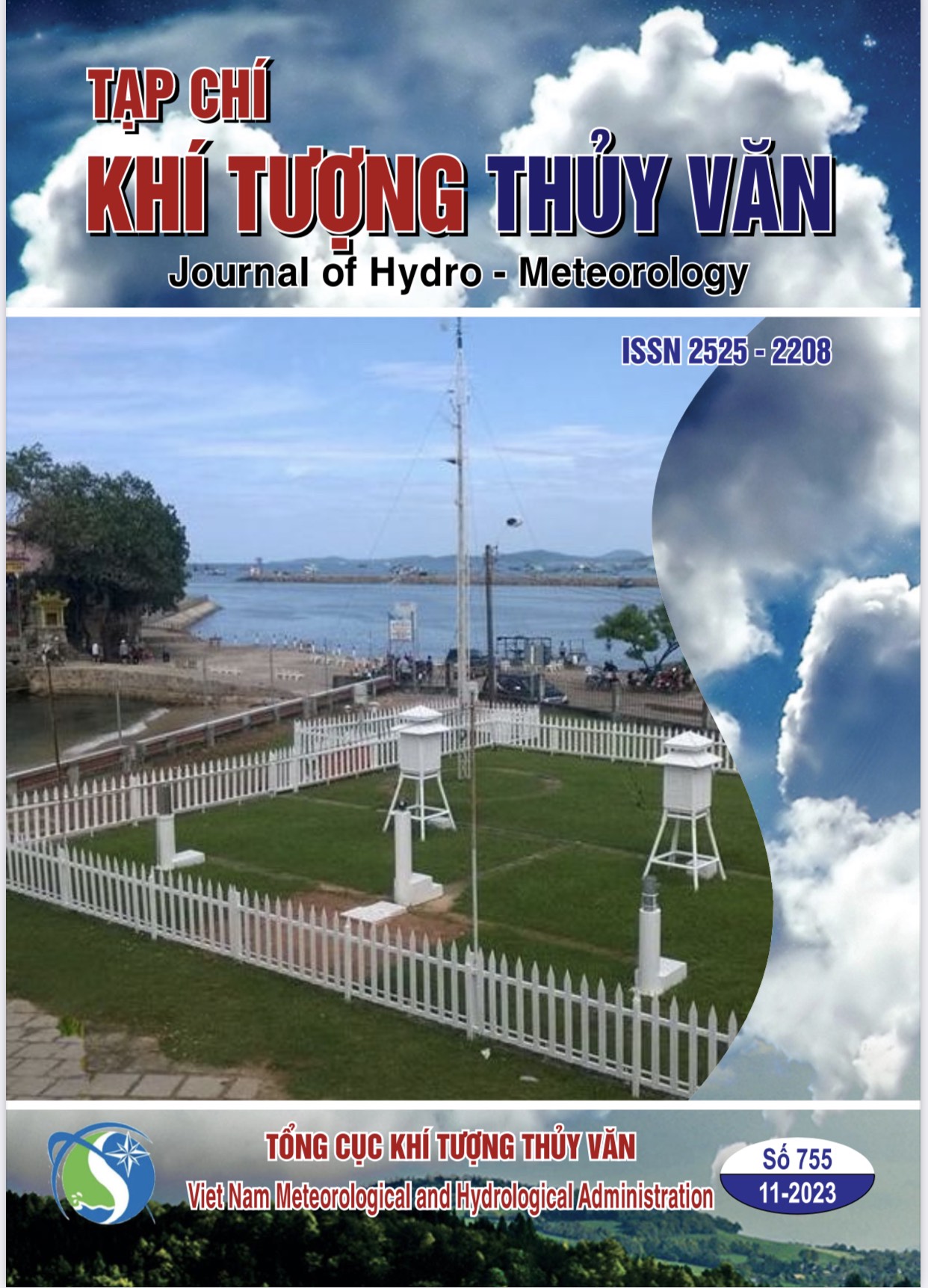
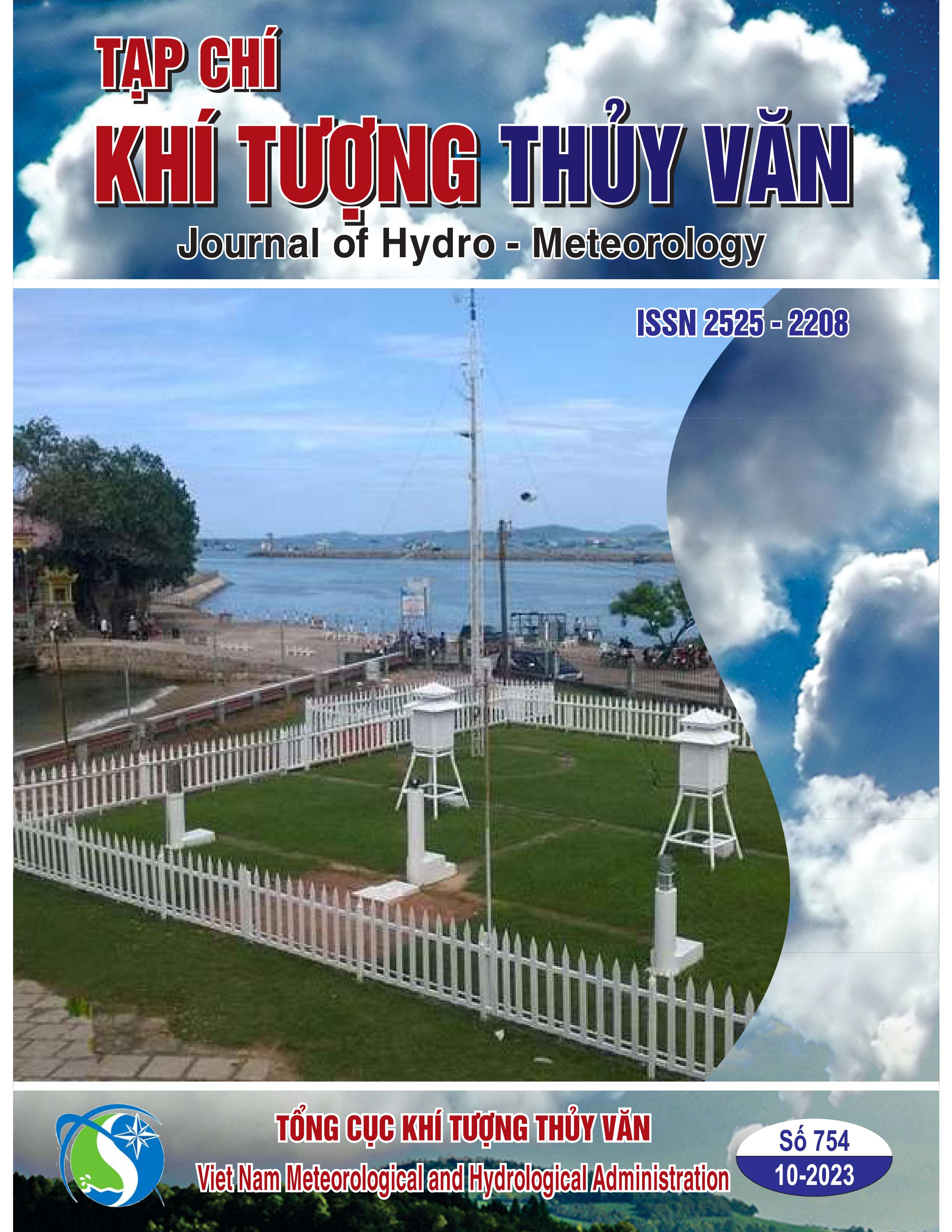
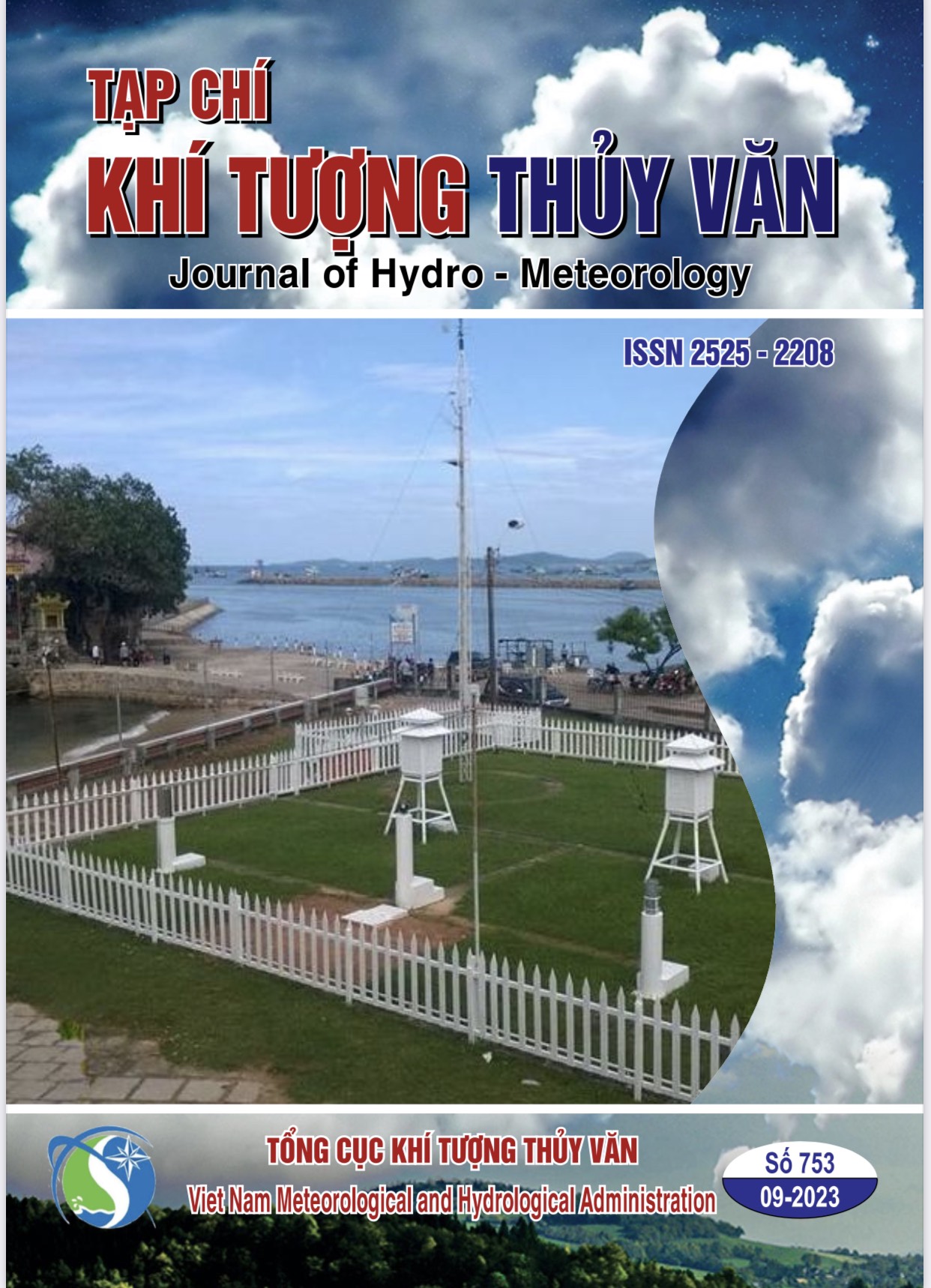
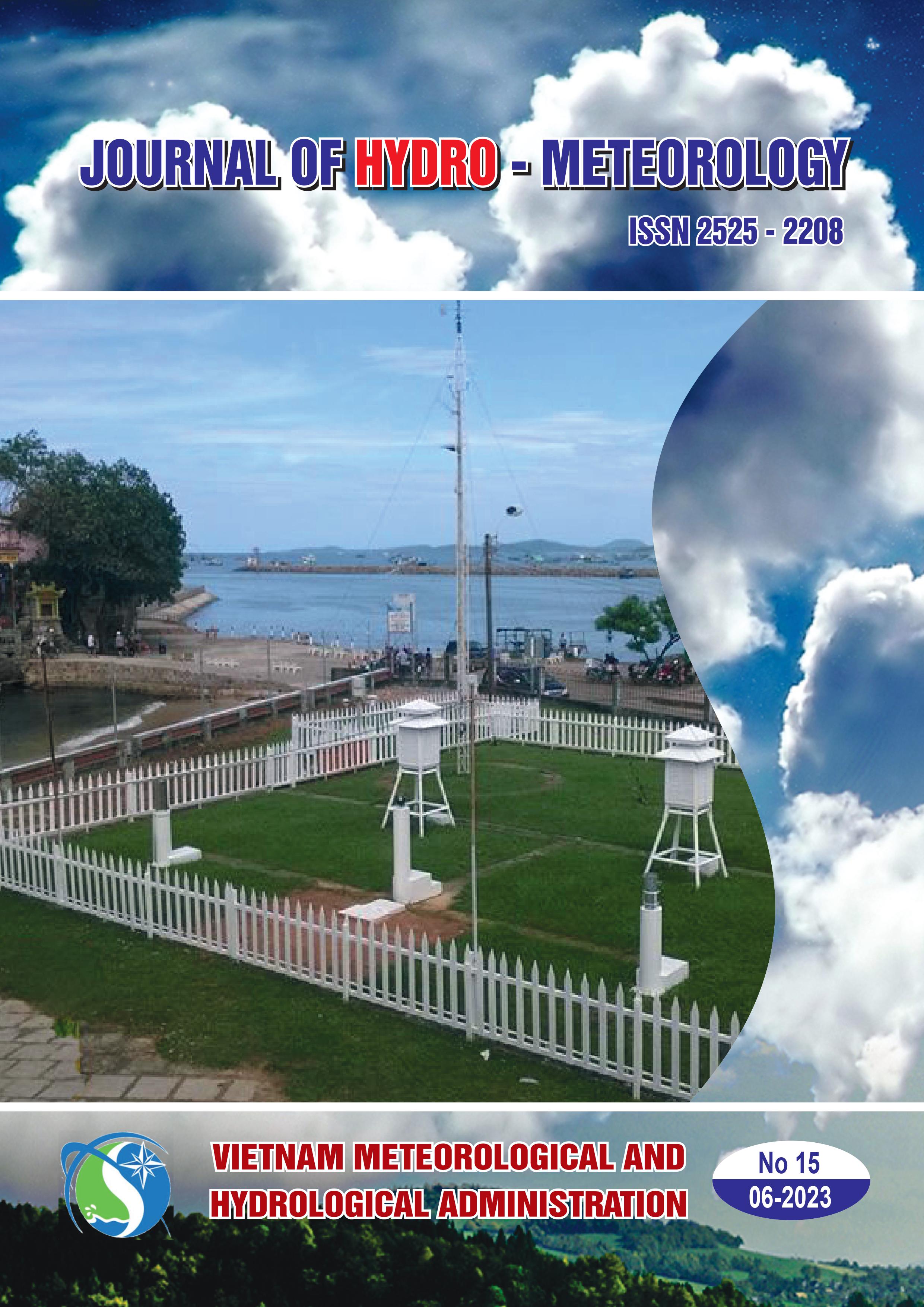
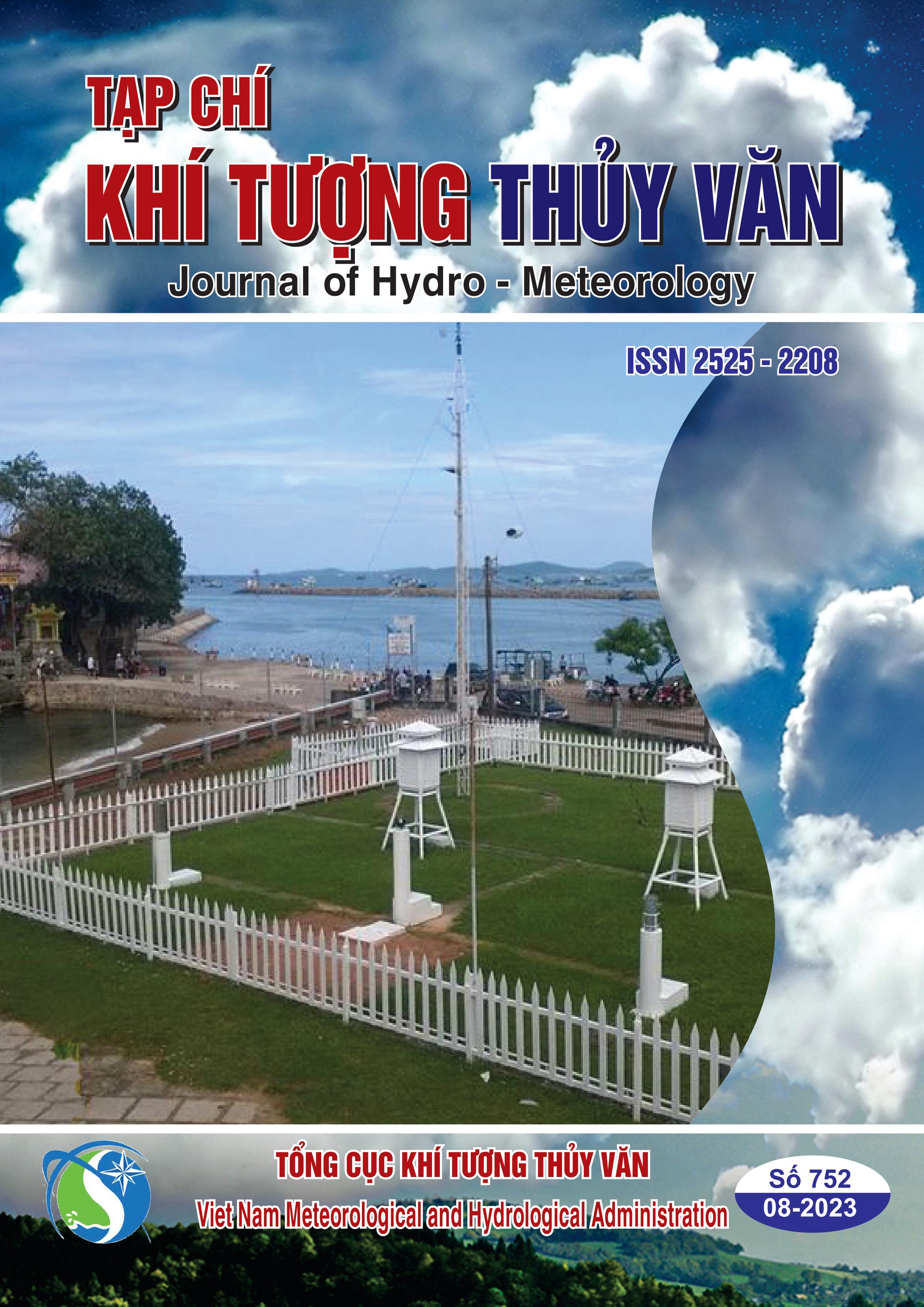
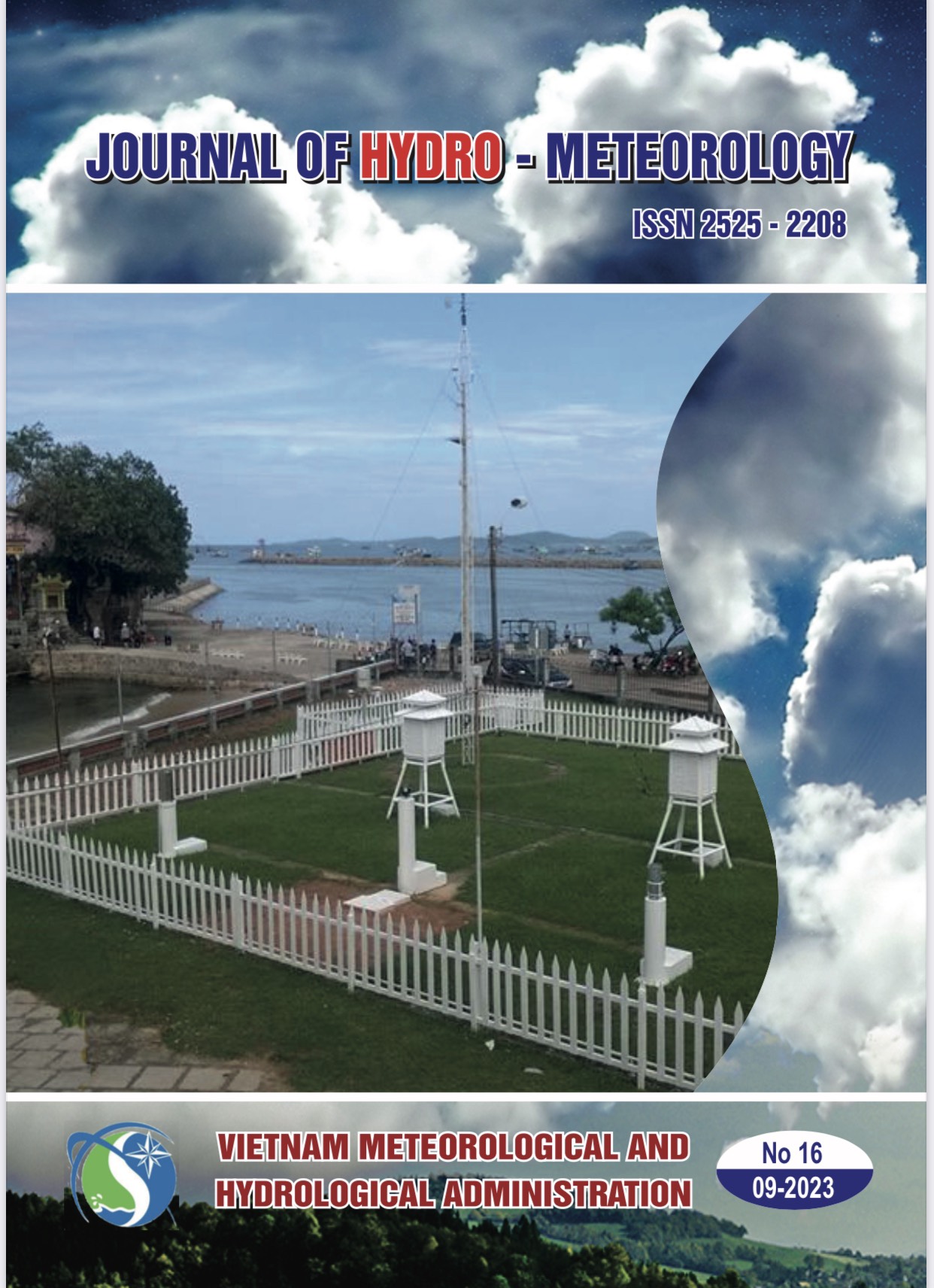


.jpg)
.png)
 Theo Trung tâm Dự báo khí tượng thủy văn quốc gia, hồi 4 giờ ngày 11-11, vị trí tâm bão số 7 ở vào khoảng 17,5 độ Vĩ Bắc; 111,8 độ Kinh Đông, trên vùng biển phía Bắc quần đảo Hoàng Sa. Sức gió mạnh nhất vùng gần tâm bão mạnh cấp 8, giật cấp 10. Di chuyển theo hướng Tây Nam, tốc độ khoảng 15 km/giờ.
Theo Trung tâm Dự báo khí tượng thủy văn quốc gia, hồi 4 giờ ngày 11-11, vị trí tâm bão số 7 ở vào khoảng 17,5 độ Vĩ Bắc; 111,8 độ Kinh Đông, trên vùng biển phía Bắc quần đảo Hoàng Sa. Sức gió mạnh nhất vùng gần tâm bão mạnh cấp 8, giật cấp 10. Di chuyển theo hướng Tây Nam, tốc độ khoảng 15 km/giờ. 
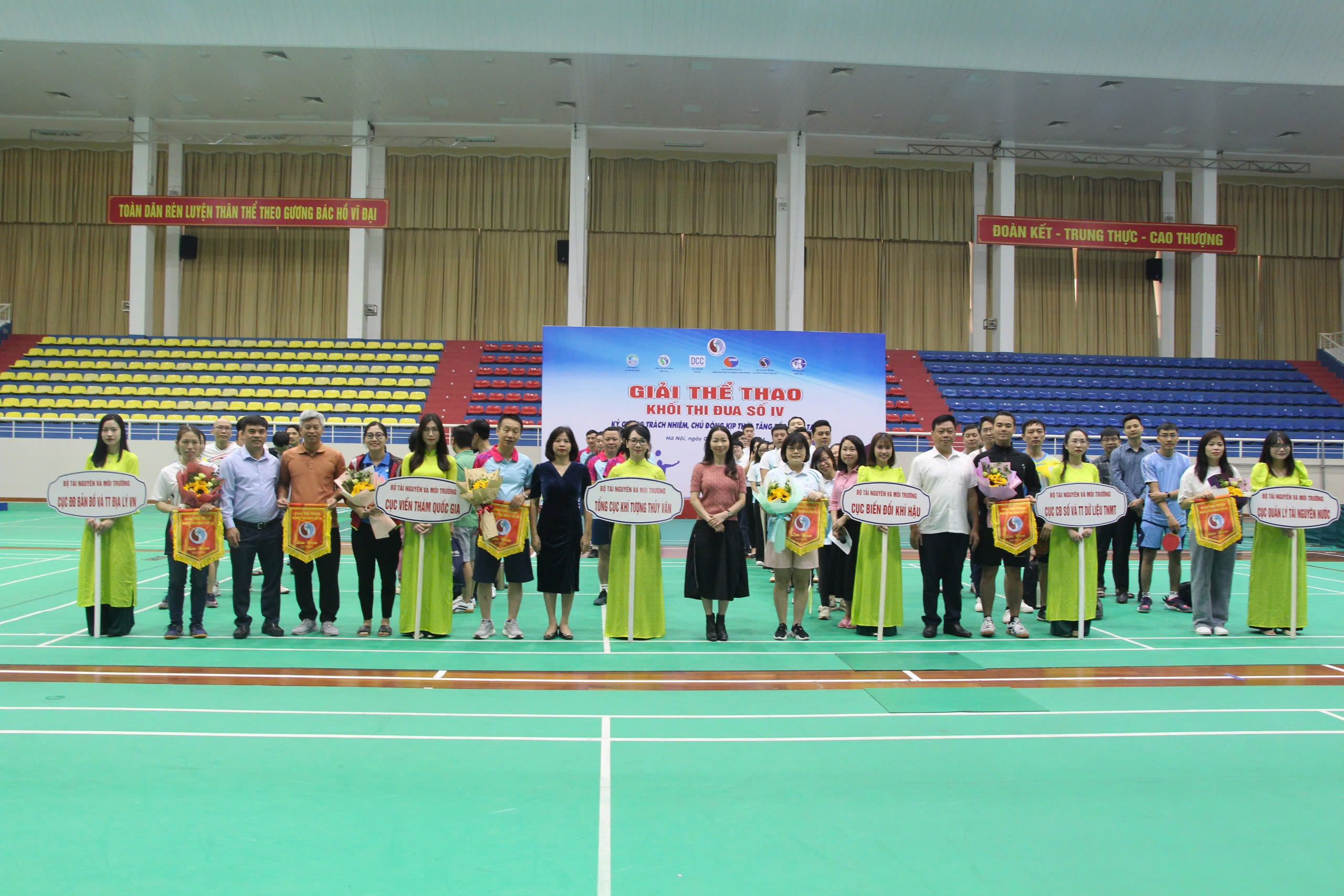
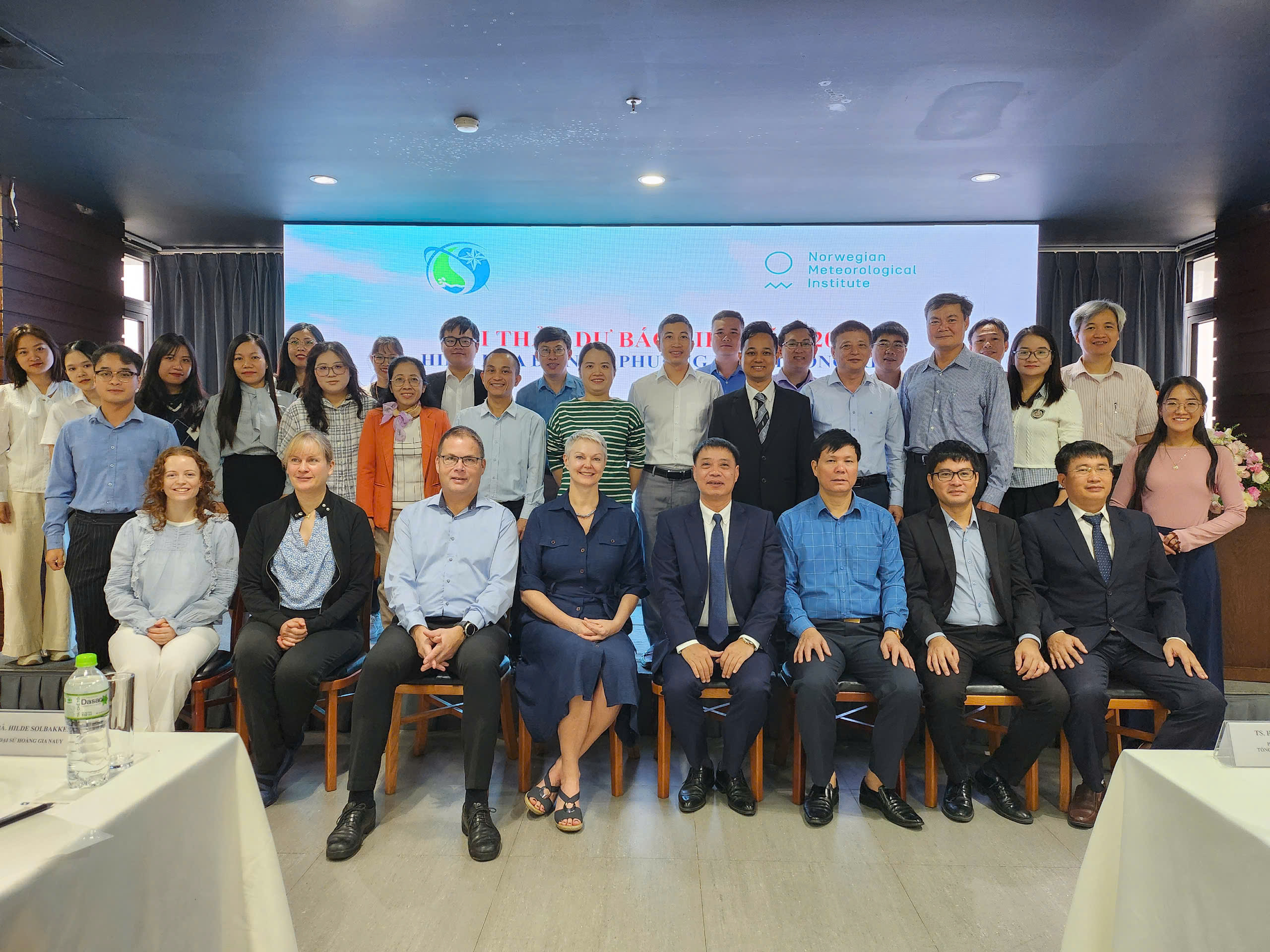
.jpg)
